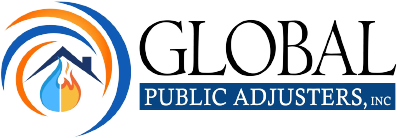Mold Damage Claims
Mold Damage: Cause and Effect
Discovering signs of mold damage in your property demands swift action, and understanding the indicators is crucial for a timely and effective response. Recognizable signs of mold include musty odors, visible mold growth on walls, ceilings, or other surfaces, and persistent water leaks or stains. Mold can also manifest in less obvious ways, such as increased allergy symptoms or respiratory issues among occupants. If you suspect mold damage, it’s imperative to act promptly. Document the visible signs with photographs and videos, ensuring a comprehensive record for your insurance claim. Global Public Adjusters can be your trusted ally in this process, specializing in assessing and negotiating claims related to mold damage. Our experienced team understands the intricacies of insurance policies and works tirelessly to secure the compensation you deserve. Don’t let mold damage jeopardize your property’s integrity—partner with Global Public Adjusters to ensure a thorough assessment and a fair and efficient insurance settlement.
Signs of Mold Damage:
- Musty or earthy odors
- Visible mold growth on surfaces
- Discoloration or staining on walls, ceilings, or flooring
- Peeling or bubbling paint or wallpaper
- Water stains or evidence of water leaks
- Increased allergy symptoms or respiratory issues among occupants
- Warped or distorted building materials, such as wood or drywall
- Moldy or damp smell in carpets or upholstery
- Persistent humidity or moisture issues
- Condensation on windows or other surfaces.
If you find yourself suffering from symptoms such as allergies, asthma, bronchitis, flu-like symptoms, other respiratory problems, headaches, cognitive problems, and skin irritation, there is a chance that your home is affected with Stachybotrys Chartarum (Black Mold). It is crucial to kill, clean, and remove black mold as airborne spores can spread throughout the house.
Mold is a type of fungus that thrives in damp and humid conditions, making it a persistent threat to property structures. It reproduces through microscopic spores that can become airborne, leading to the spread of mold growth throughout a property. Mold can take on various colors, including black, green, or white, and often appears fuzzy or slimy in texture. It can infiltrate porous materials like wood, drywall, and fabric, compromising their structural integrity over time. There are different types of mold, each with its characteristics and potential health implications.
Stachybotrys Chartarum (Black Mold):
- Known for its dark green or black appearance, black mold can produce mycotoxins that may pose health risks, especially to those with respiratory conditions.
Aspergillus:
- This mold can vary in color and is commonly found indoors. While some strains are harmless, certain types can produce mycotoxins and cause health issues.
Cladosporium:
- Often green or black, Cladosporium is a common outdoor mold that can find its way indoors. It may trigger respiratory problems for sensitive individuals.
Penicillium:
- Recognizable by its blue or greenish appearance, Penicillium can cause respiratory issues and is known for contaminating food.
Alternaria:
- Typically green or black, Alternaria is common in damp areas. Prolonged exposure may cause allergic reactions, especially in those with compromised immune systems.
When mold damage is suspected, it’s essential to identify the type and extent of the infestation. Global Public Adjusters specializes in assessing the complexities of mold damage claims, considering not only the visible signs but also potential health implications and structural damage. Our expert team is equipped to navigate the intricacies of insurance claims related to mold, ensuring a thorough evaluation and a comprehensive settlement. Partner with us to safeguard your property and well-being against the far-reaching effects of mold damage.
Hurricane Damage
Water Damage
Storm Damage

Roof Damage
Hail Damage Claims

Cast Iron Pipe Claims
Polybutylene Pipes
Blasting Damage

Lightning Damage

Tornado Damage
Fire Damage

Sinkhole Damage
Theft Damage
Business Loss
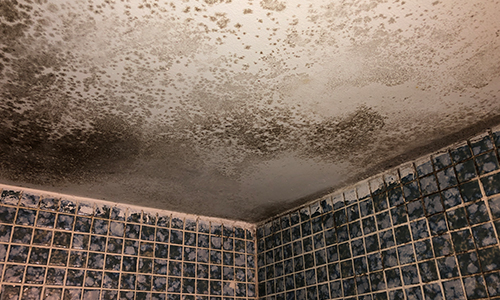
Steps to Take After Discovering Mold Damage:
- Prioritize Safety:
- Wear protective gear such as gloves and a mask to minimize exposure.
- Identify and address any immediate safety hazards, such as electrical issues or structural damage.
Document the Mold Damage:
- Take clear photographs and videos of visible mold growth, water damage, and any affected areas.
- Note the location, extent, and characteristics of the mold for documentation purposes.
Isolate the Affected Area:
- Seal off the affected area to prevent the spread of mold spores to other parts of the home.
Identify the Source of Moisture:
- Address and fix any water leaks or sources of excessive moisture that contribute to mold growth.
Contact Your Insurance Company:
- Notify your insurance company about the mold damage, providing a detailed account of the situation and the documented evidence.
Hire a Public Adjuster:
- Reach out to Global Public Adjusters to represent your interests during the insurance claim process. We specialize in assessing and negotiating mold damage claims to ensure a fair and comprehensive settlement.
Professional Mold Assessment:
- Schedule a professional mold assessment to determine the type and extent of the mold infestation. Global Public Adjusters can assist in coordinating this process.
Mold Remediation:
- Seek the services of a reputable mold remediation company to address the mold issue. Remediation involves the removal and cleanup of mold-infested materials to prevent further growth.
How Global Public Adjusters Can Help:
- Thorough Claim Assessment: We conduct a detailed evaluation of the mold damage, considering both visible signs and potential health implications.
- Negotiation with Insurance Companies: Our experienced team negotiates with insurance companies to secure fair compensation for the full extent of mold damage.
- Coordinated Mold Assessment: We assist in coordinating professional mold assessments to ensure a comprehensive understanding of the mold situation.
- Guidance in Remediation: Global Public Adjusters can recommend and guide you in selecting a reputable mold remediation company to ensure proper cleanup and prevention.
Mold Remediation Companies: Mold remediators specialize in the removal and cleanup of mold-infested materials. They typically follow a process that includes:
- Assessment: Identifying the extent and type of mold infestation.
- Containment: Isolating the affected area to prevent the spread of mold spores.
- Removal: Removing and disposing of mold-infested materials.
- Cleaning: Thoroughly cleaning and treating surfaces to prevent future mold growth.
- Prevention: Recommending measures to prevent future mold issues, such as addressing moisture sources.
By following these steps and leveraging the expertise of Global Public Adjusters, homeowners can navigate the complexities of mold damage claims and ensure a thorough and efficient resolution of the issue.
Understand "The Insurance Claim Process" with Global Public Adjusters. We'll assist you all the way through the claim till you get your correct cash award settlement.
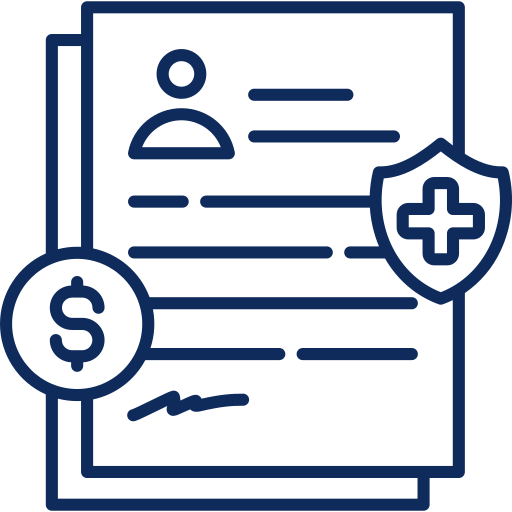
In the case where a claim might have already been denied it is no problem to reopen the case and request a reevaluation of the factors and policy terms.

In a case where the insurance company has come up with too low an initial offer than expected, Global Public Adjusters will file for a reappraisal of the claim.
